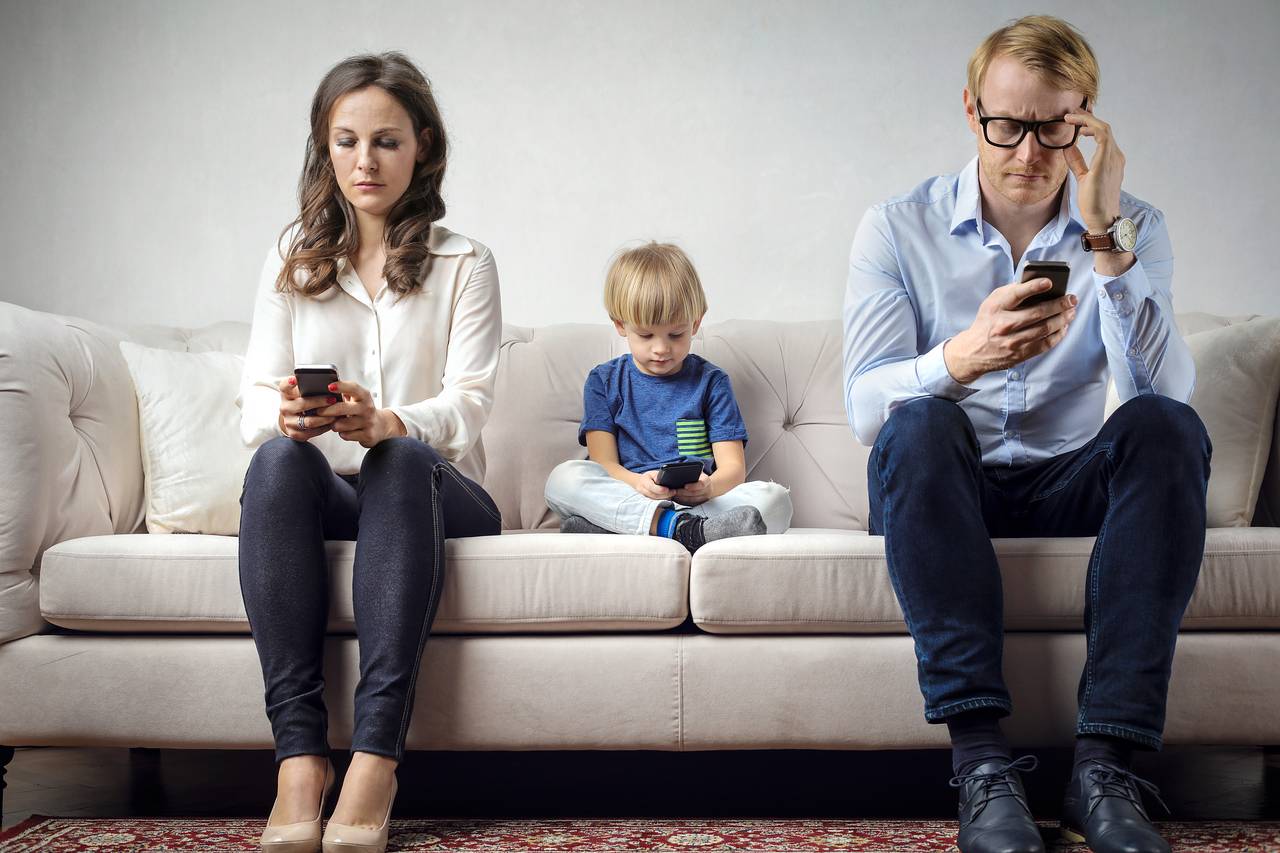One odd and shared experience—feeling depressed for no apparent reason—remains remarkably prevalent in a world full of connectedness, creativity, and perpetual motion. The gloom may creep in with the sunset, or you may wake up with a fog that won’t go away. Even when nothing is obviously wrong, there is a persistent feeling that life has lost its spark that is both universal and intensely personal.
Some people find that distractions like music, videos, scrolling, and taking a stroll outside help them get over their sadness. But that sadness lingers for others. Even after you’ve taken all the “right” actions—such as adopting healthy habits, unplugging, or seeing friends—it becomes a shadow that won’t go away. What is going on with us? More significantly, why do so many young people belong to a generation that seems to be genuinely depressed?
Sadness’s Long History
Humans have attempted to communicate and comprehend the more troubling aspects of their emotional landscape throughout history. Grief was transformed into plays and poems by authors such as Edgar Allan Poe and Shakespeare, not to glorify suffering but to help people endure it. Shakespeare may have reflected his own sorrow at losing his son to the plague when he said, “Never, never, never, never, never,” following the death of a daughter in King Lear.
These artists processed their sadness rather than performing it. In a culture that frequently disregarded emotion, their works helped audiences feel something—anything—rather than telling them to be depressed.
From Romanticization to Representation
We can still express our pain through art and media today, but something has changed. The distinction between examining mental health and glamorizing it is frequently blurred in movies, television programs, and social media platforms in particular.
Emotionally tormented characters have been made to appear mysterious, seductive, and even desirable in films such as The Joker, 13 Reasons Why, and American Psycho. Teenagers in particular are identifying with “literally me” characters like Dexter or Travis Bickle—not because they are violent, but rather because they are depressed, lonely, and alienated.
These characters cease to be stories and become aesthetic identities when they are presented online with melancholic music and exquisitely tragic edits
The Impact of Social Media on the Depressed Generation
In some respects, social media platforms have succeeded in fostering greater connections between us. More people than ever before are talking openly about mental health. Teens now hear real voices, share real struggles, and find comfort in knowing they are not alone—they no longer merely rely on out-of-date Hollywood representations.
However, there is a drawback.
Instagram and TikTok have created echo chambers where depression is viewed as a personal characteristic, trauma is viewed as a badge of honor, and sadness is aestheticized. Many young people consequently start to identify so strongly with their struggles that they start to worry about who they might be without them.
How Identity Is Shaped by Media
This is supported by science. According to an Ohio State University study, when we see our favorite fictional characters on screen, the areas of our brains that control self-identity light up. They are visible to us. We relate to them. We turn into them.
This can be both reassuring and risky. “If this character is depressed, misinterpreted, and significant, perhaps I should be too,” a young person might think. And all of a sudden, sadness ceases to be a fleeting feeling. It turns into a way of life.
This is particularly true for people who lack a distinct sense of self, which is frequently the case during adolescence, when many people feel as though they are looking in from the outside.
The Fixation on Issues in Our Brains
Not even our own thoughts are always on our side. When participants in a BBC experiment ran out of threats to identify after being shown threatening images, they came up with new ones. They began to perceive danger where none existed.
This protective instinct can backfire. Our brains can create problems during periods of calm or stability, such as imagined enemies, emotional threats, or, in this case, unresolved sadness.
This may help to explain why depression still affects so many people who appear to “have it all.” Comfort allows the mind to overthink, not to quiet it.
The Trap of Romanticizing Depression
Let’s face it, sadness can have a certain aesthetic appeal. It may feel genuine, unvarnished, and profound. Tragic characters, melancholy music, and moody editing all appeal to the soul. However, lingering there for too long can be harmful.
It’s simple to believe that happiness will make you shallow when suffering becomes your identity and sadness becomes art. However, your depression is not you. Your trauma does not define you.
Going Ahead in Balance
One of the most significant social changes of our time has been the destigmatization of mental health. More people are comfortable asking for assistance. There are more young people speaking up. However, that advancement also brings with it the necessity of accountability.
It’s acceptable to not feel okay.
However, it’s also acceptable to feel fine.
To be interesting, genuine, or significant, you don’t have to endure hardship. It’s not dull to heal. Peace is not a sign of weakness. And perhaps the bravest thing you will ever do is to let go of the sadness you have been holding onto.
Conclusion: A Generation at a Turning Point
When considering the factors that have contributed to this generation’s depression, we must ask ourselves:
Which generation is the most depressed?
According to statistics, Gen Z is experiencing far higher rates of anxiety and depression than any other generation. These figures, however, don’t fully capture the reality of a more open, more diagnosed, technologically savvy, and emotionally spent world.
Why is today’s generation so depressed?
There isn’t just one solution. It’s a combination of identity confusion, global instability, digital overload, social pressure, and—yes—the idealized depiction of mental illness. However, it might be more appropriate to ask, what can we do to restore hope to the current generation?
Share this content:



















Post Comment